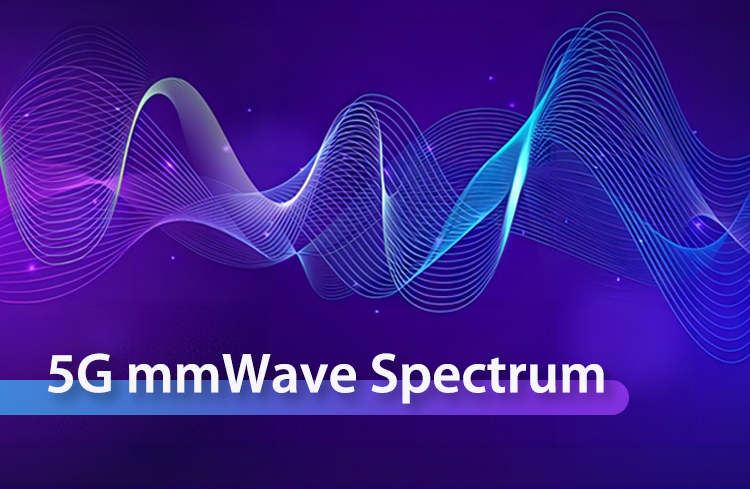
All notes you should know about 5G mmWave Band.
5G mmWave refers to the higher range of radio frequencies (above about 24 GHz) supported by 5G. Also, it's called FR2 or Frequency Range 2.
5G mmWave provides a significant capacity increase with an additional spectrum.
5G mmWave FR2 Frequency rand is FR2-1 [24250 MHz – 52600 MHz], also there's a new range to be considered which is called FR2-2 [52600 MHz – 71000 MHz] as per 3GPP TS 38.101-2 version 17.6.0 Release 17.
The mmWave bands offer a 10-fold increase in available contiguous bandwidth compared to sub-6 GHz 5G Frequency Range 1 (FR1) bands.

Source: GSMA
The maximum BW for 5G mmWave is 400 MHz, but the new release for some bands may reach around 2GHz as per 3GPP TS 38.101-2 version 17.6.0 Release 17 but it's optional.
mmWaves are not new and have been used for decades in satellite and other communication networks.
Deployment of 5G networks using the mmWave spectrum, which offers a huge bandwidth, will significantly improve the user experience and network capacity, particularly in dense and heavy traffic areas.
The 3GPP-defined bands provide a total of ~4.8GHz bandwidth for sub-6GHz bands and ~15GHz for mmWave bands. The majority of the bands in the sub-6GHz range operate in FDD mode, which is inflexible for balancing the radio resource used for UL and DL to address traffic patterns. In contrast, mmWave bands only operate in TDD mode at present.
The equipment used for 5G mmWave transmission and reception is smaller than the equipment used for lower frequencies.
5G mmWave transmission works in a similar way to any other RF transmission, except that the range is shorter, typically requiring a line of sight to the antenna.
Use cases that take advantage of the capabilities of 5G mmWave continue to emerge. A growing number of reports point to the positive business case for 5G mmWave deployments in FWA and high-traffic, high-density scenarios, in both the consumer and industry 4.0 markets.
Source: https://moniem-tech.com/2023/05/21/5g-mmwave-spectrum-notes/

